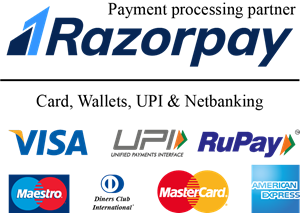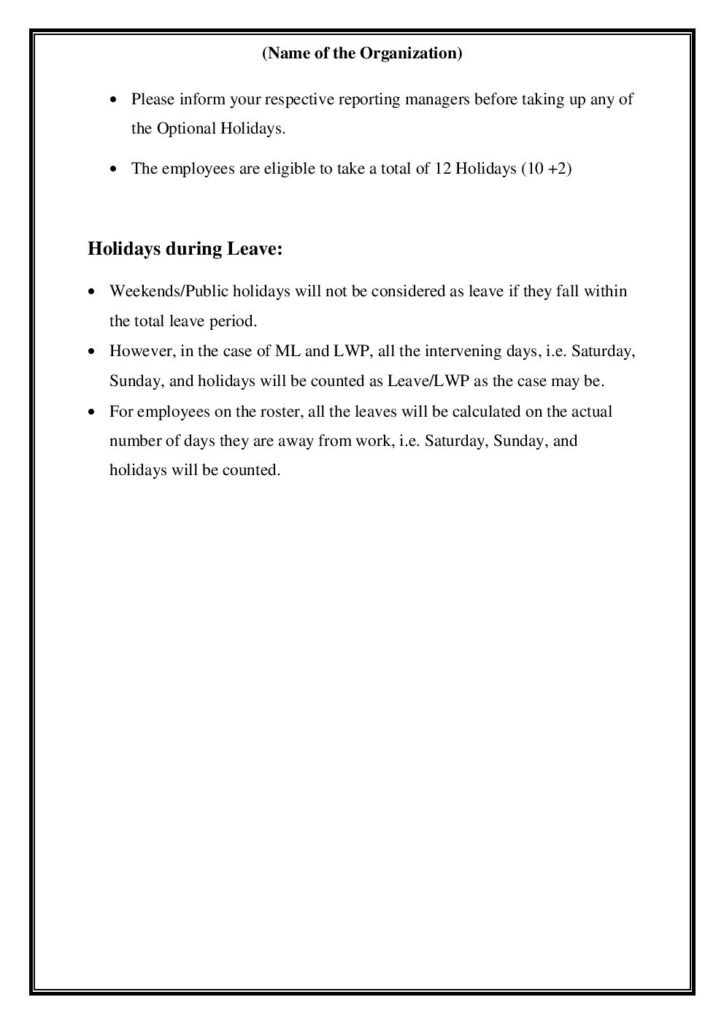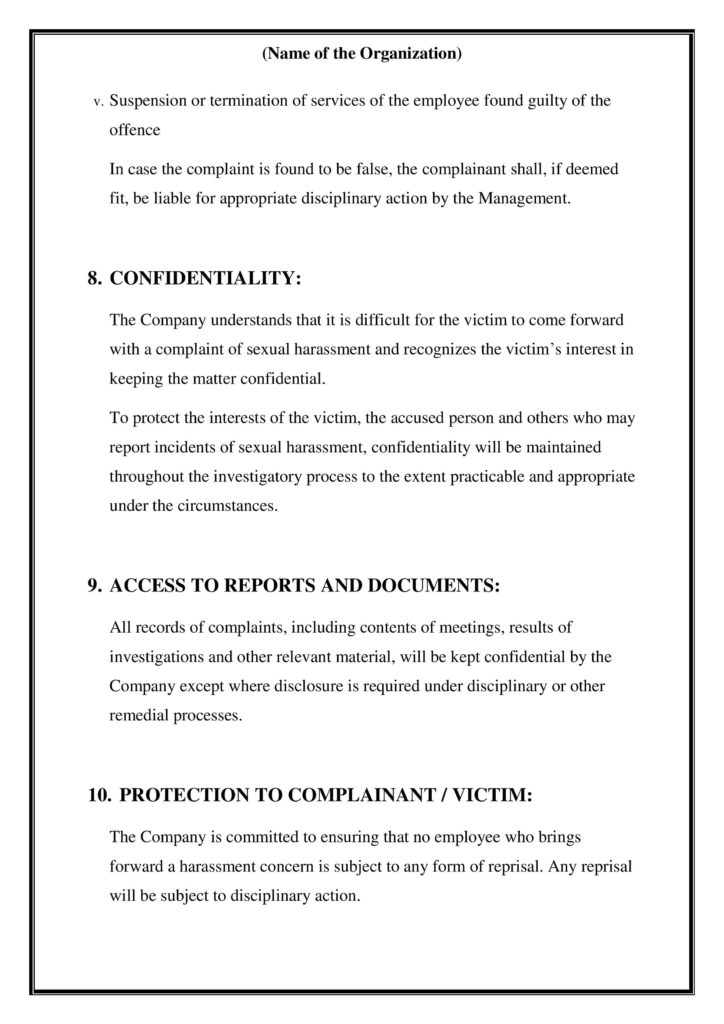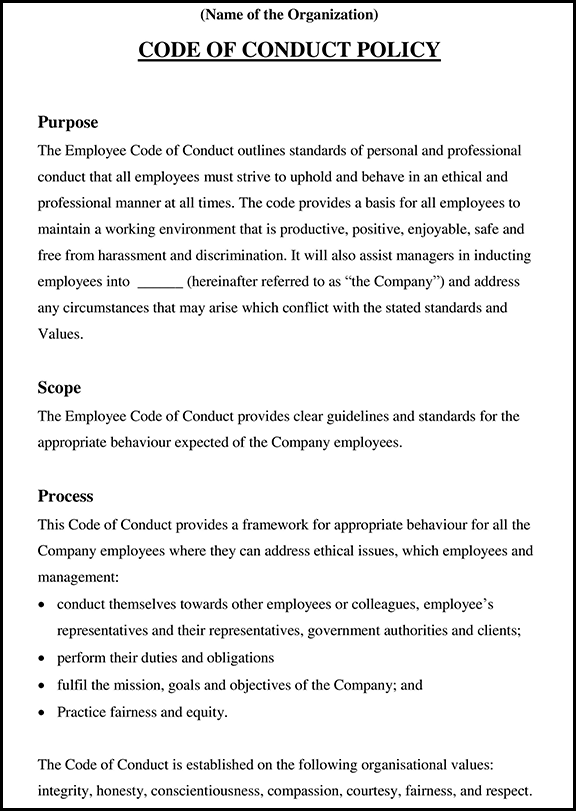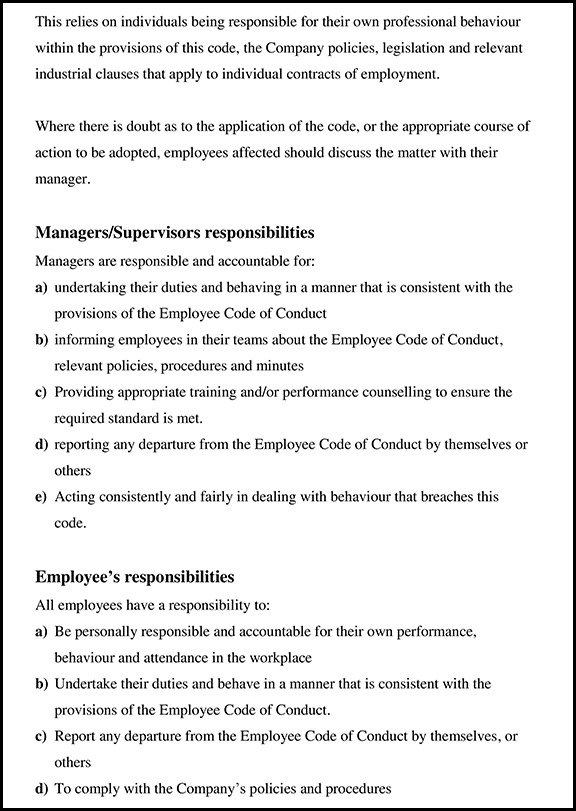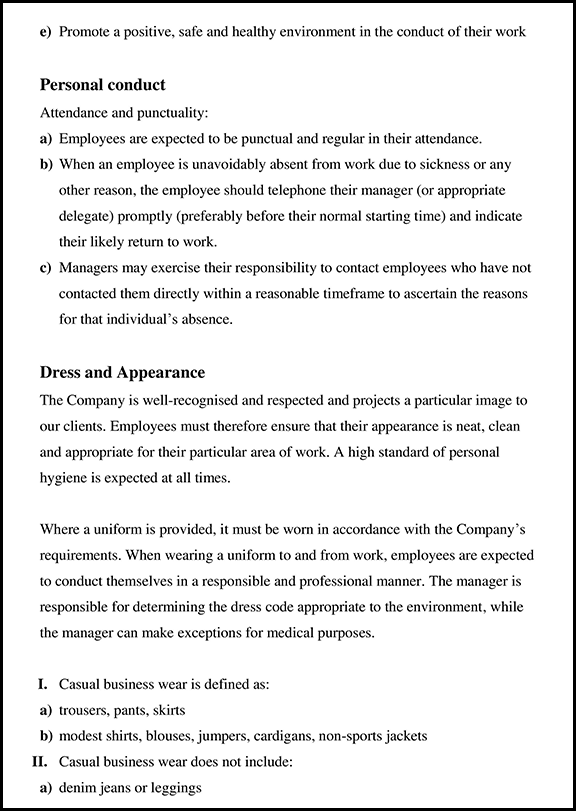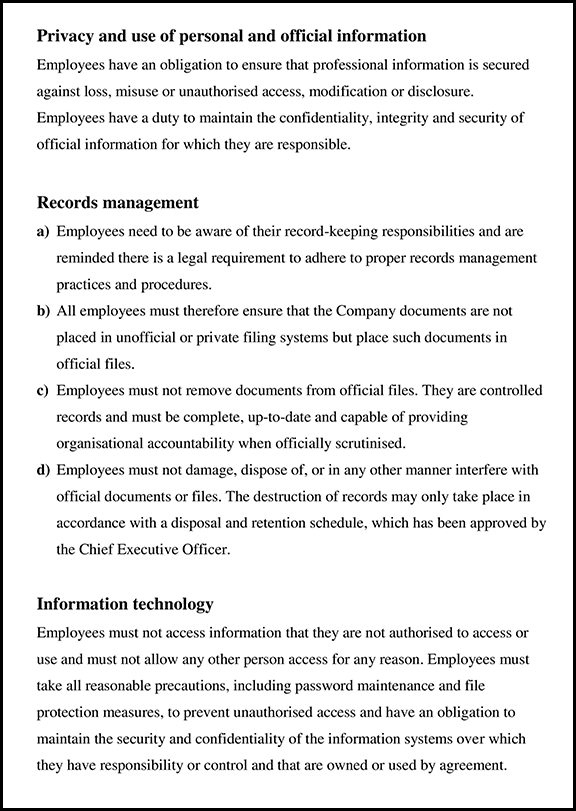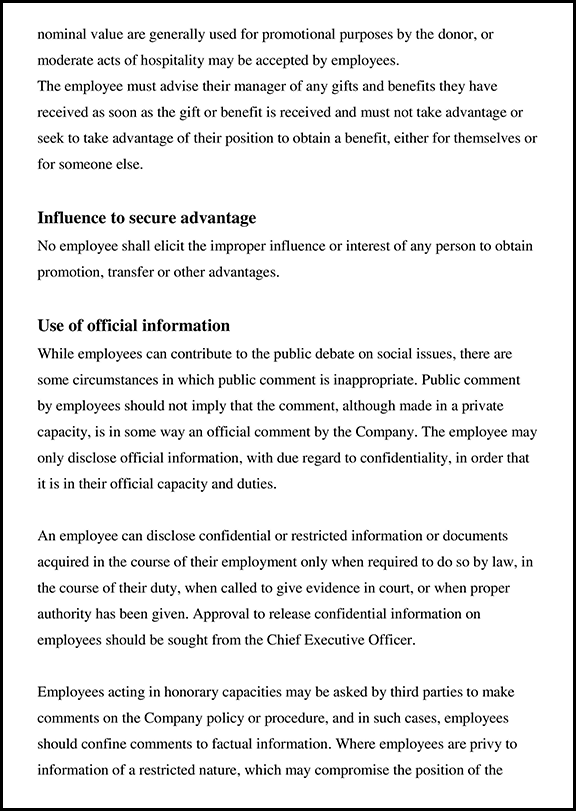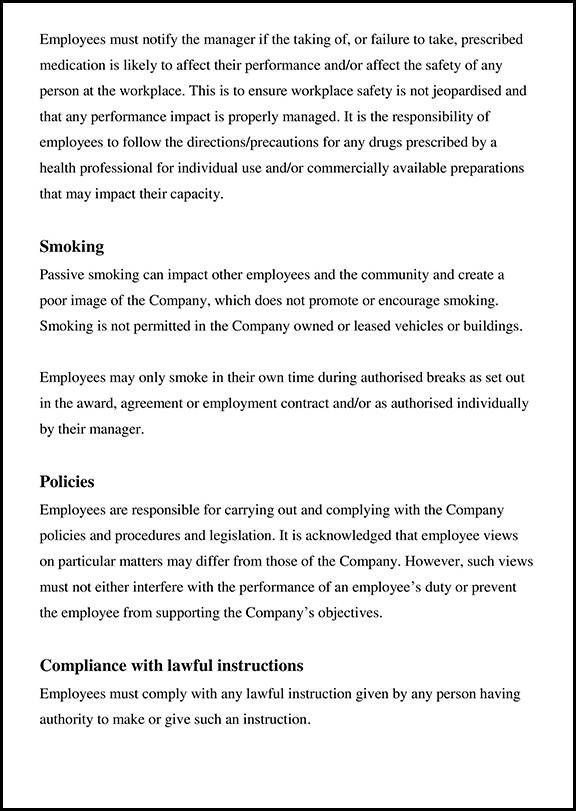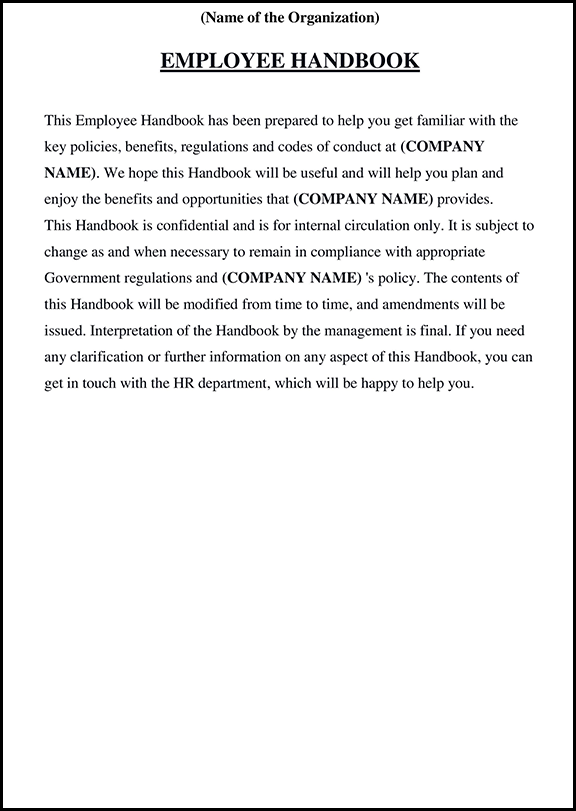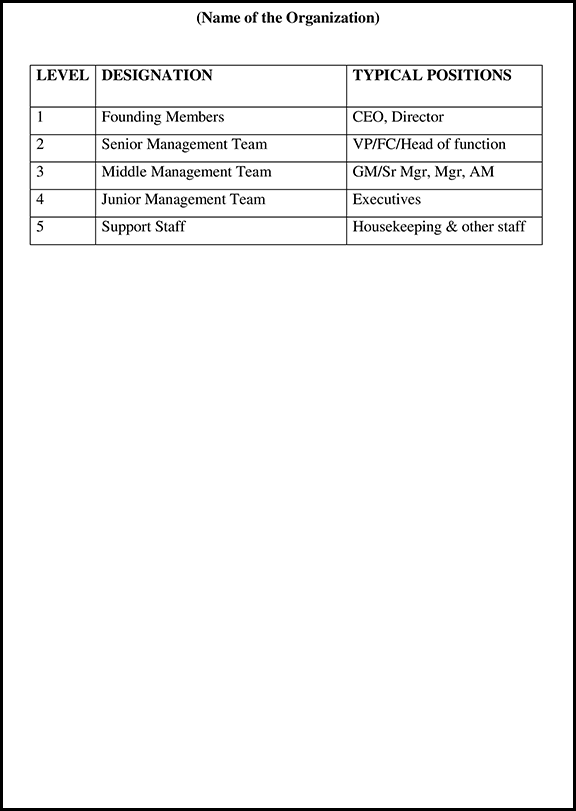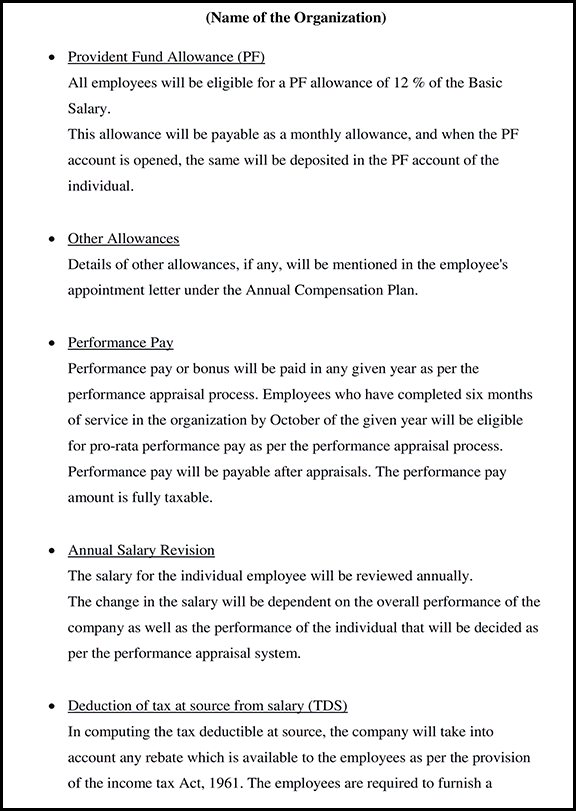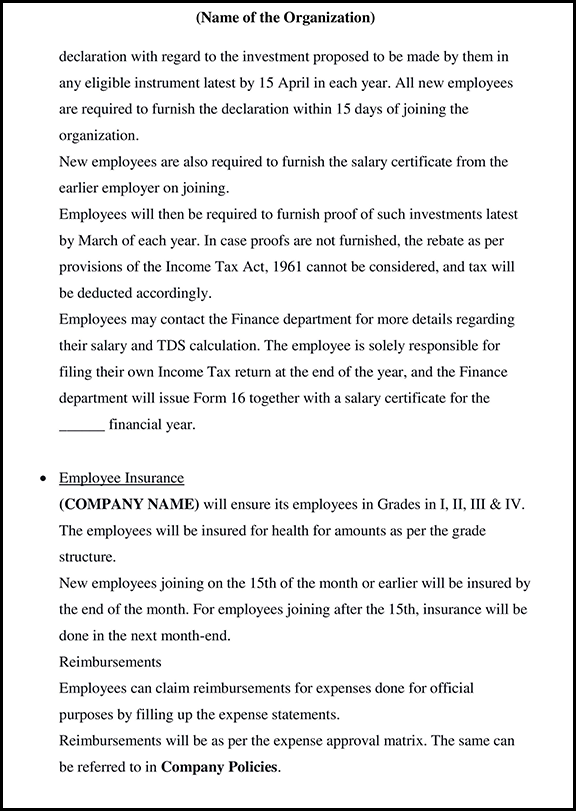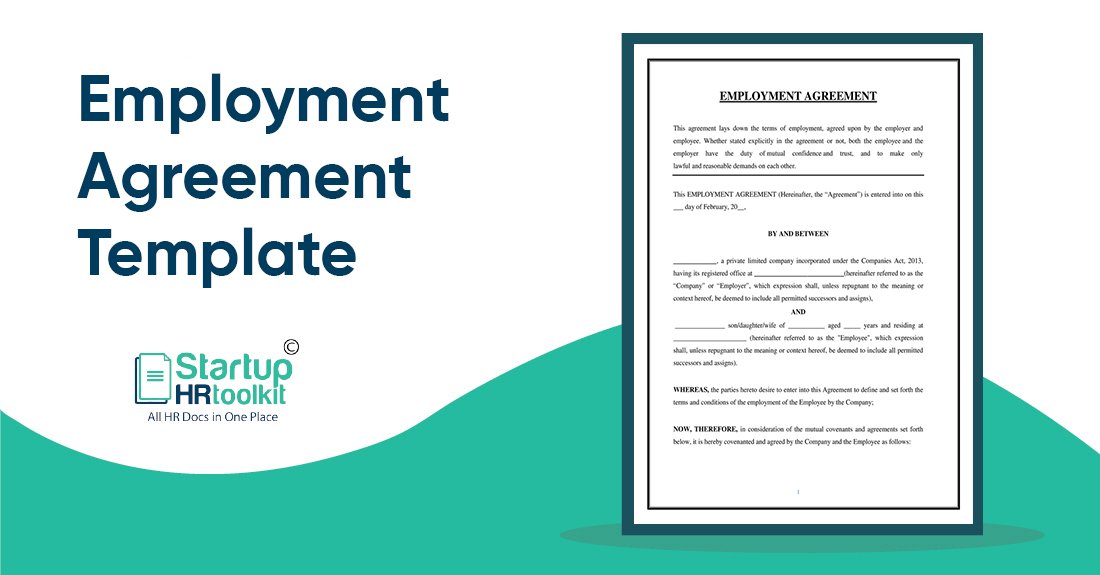
Employment Agreement Template
Employment Agreement Template
What is an Employment Agreement?
An employment Agreement Template is a legally binding contract between employer and employee that sets out the terms of their employment. It serves as a written agreement that outlines the rights and responsibilities of both parties.
Typically covers various aspects related to the employment, such as job duties, compensation, working hours, benefits, vacation and leave policies, confidentiality and intellectual property, termination, and dispute resolution.
StartupHR Toolkit helps to create an Employment Contract Template easily; you just have to mention your details, and that’s it. In addition, you get 3500+ HR documents that include legally compliant updated HR policies.
Why Employee Contract is Important
An employee contract, also known as an employment agreement or job contract, is crucial for both employers and employees. Here are the key reasons why an employment contract is important:
1. Clarity
An employee contract provides clear communication and understanding between the employer and employee regarding their rights, responsibilities, and expectations.
2. Legal Protection
It offers legal protection to both parties. It’s essential to outline the terms and conditions of the employment relationship clearly. It helps prevent potential disputes or misunderstandings.
3. Terms of Employment
The contract outlines important details such as job title, job description, working hours, compensation, benefits, and any specific terms unique to the employment arrangement.
4. Confidentiality and Intellectual Property
The contract can include provisions regarding the protection of confidential information and intellectual property rights, safeguarding the employer’s assets and trade secrets.
5. Termination Conditions
It specifies the conditions and procedures for terminating the employment relationship, including notice periods, severance pay, and any post-employment restrictions, if applicable.
6. Dispute Resolution
An employee contract may include mechanisms for resolving disputes, such as arbitration or mediation, which can help resolve conflicts without resorting to litigation.
Which Employee Needs to Sign an Employment Agreement
An employment agreement is typically signed by new employees when they join an organization. It is important to keep in mind that the requirement to sign an employment agreement may vary depending on local laws and company policies. Generally, the following categories of employees are expected to sign an employment agreement.
1. New Hires
New hires are typically required to sign an employment agreement, which outlines the terms and conditions of their employment. This agreement serves as a formal document that solidifies the employment relationship and ensures both parties are aware of their rights and responsibilities.
2. Contract Workers
Employees engaged on a contractual basis, such as freelancers, consultants, or temporary workers, often sign employment agreements that specify the terms of their work, including the duration of the contract and the scope of work.
3. Executive-level Employees
Senior executives, managers, or individuals in leadership positions may have more complex employment agreements that address additional considerations such as non-compete clauses, stock options, bonus structures, or specific performance expectations.
4. Employees with Specialized Roles
Certain roles that involve access to sensitive information, intellectual property, or trade secrets may require employees to sign employment agreements that include confidentiality and non-disclosure provisions to protect the company’s interests.
How to Write an Employment Agreement
When writing an employment agreement, it is essential to cover key aspects of the employment relationship. Here is a complete guide on how to write an employment agreement, addressing each of the mentioned points.
#Confidential Information
- Clearly define what constitutes confidential information.
- Specify the employee’s responsibility to maintain confidentiality.
- Outline any restrictions on the use or disclosure of confidential information.
#Position
- State the job title and provide a brief description of the employee’s role and responsibilities.
- Include reporting lines and the department or team the employee will be a part of.
- Mention any specific qualifications or certifications required for the position.
#Performance of Duties
- Detail the expectations and standards for job performance.
- Describe the employee’s responsibilities, tasks, and objectives.
- Include any relevant performance metrics or goals.
#Term and Probation Period
- Specify the duration of the employment agreement (e.g., indefinite, fixed term).
- If applicable, outline a probationary period during which the employee’s performance will be evaluated.
#Compensation
- State the employee’s salary or hourly rate.
- Outline the payment frequency and any details regarding bonuses, commissions, or other forms of compensation.
- Include information on benefits, such as allowances, health insurance, retirement plans, etc.
#Leave Policy
- Explain the company’s policy regarding vacation, sick leave, and other types of leave.
- Specify the procedures for requesting and approving leave.
- Note any additional paid or unpaid time off the employee is entitled to (e.g., parental leave).
#Remedies
- Indicate what steps the employee can take if they feel their rights have been violated.
- Specify the dispute resolution mechanisms, such as mediation or arbitration, that will be used to resolve conflicts.
#Termination
- Clearly state the conditions under which either party can terminate the employment agreement.
- Include notice periods required for termination by either party.
- Address any post-employment obligations, such as non-compete or non-solicitation clauses.
Download Full Version
Created by India’s top HR experts
Just Rs. 999 Rs. 499
How To Use?
Fill In The Blanks
 Customize Template
Customize Template
 Save, Print, Done.
Save, Print, Done.

Download Employment Agreement Template
→ Editable in MS Word & Google Docs
→ Full Version
→ Created by India’s Top HR Experts
→ Used by HR professionals at Dream11, Razorpay, Tata 1mg, Mamaerath & 15k+
Rs. 999 Rs. 499
Download StartupHR Toolkit Instantly & Access Largest Collection HR Documents.
The only Toolkit to solve all your HR problems in minutes.
Legally compliant and govt approved HR documents.
24×7 customer support over chat & calls (during daytime).
FREE HR audit.
Up to date documents as per the latest Statutory Law.
3 FREE customized documents with Gold Plan.
Expert HR guidance.
Join a Community of 1,00,000+ HR Professionals
Recent Post

Employee Non Disclosure Agreement Format
All organizations have specific information and processes that they want to keep confidential as they are too sensitive. To ensure that they remain a secret, employers make their employees sign an Employee Non Disclosure Agreement format.
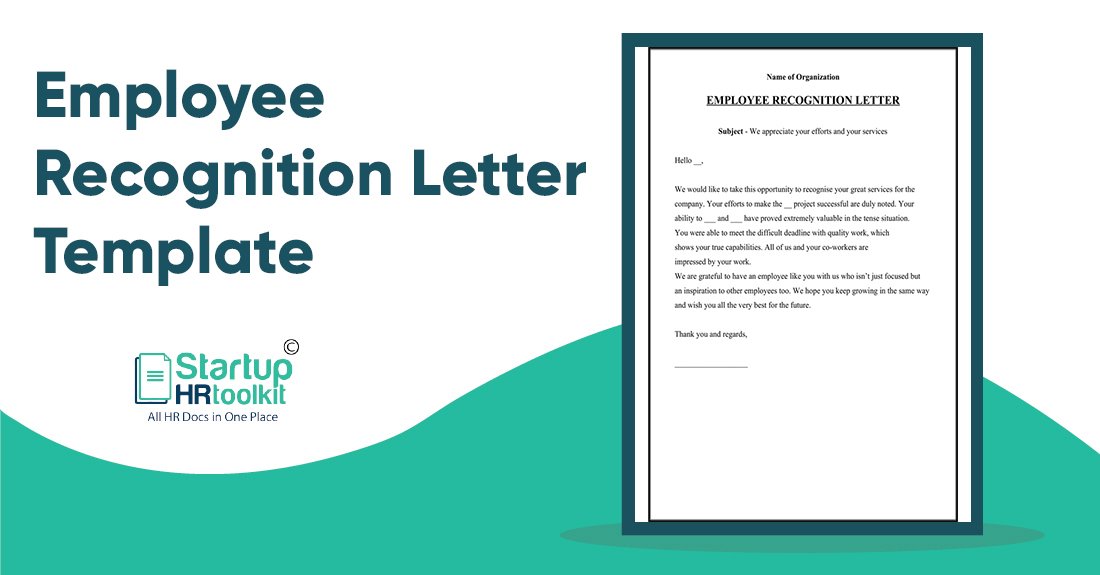
Employee Recognition Letter
An employee recognition letter is a means for employers to thank and appreciate employees for all their hard work and dedication. This letter aims to show and appreciate them for putting in a lot of effort in their job. It motivates them to work harder and achieve all their targets.

Relieving Letter After Resignation
A relieving letter sample is provided to employees when they leave an organization. The Letter states that the employee left their previous employment after a full and final settlement and now join a new organization.








